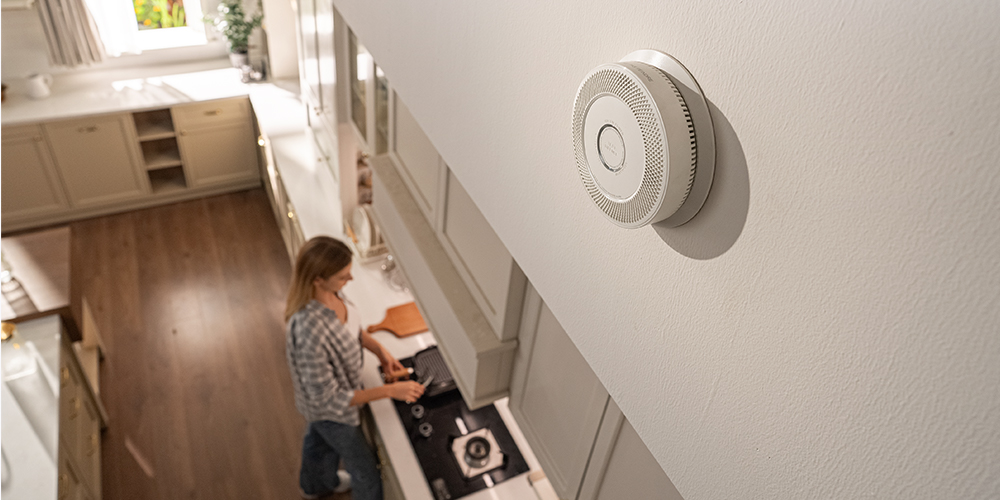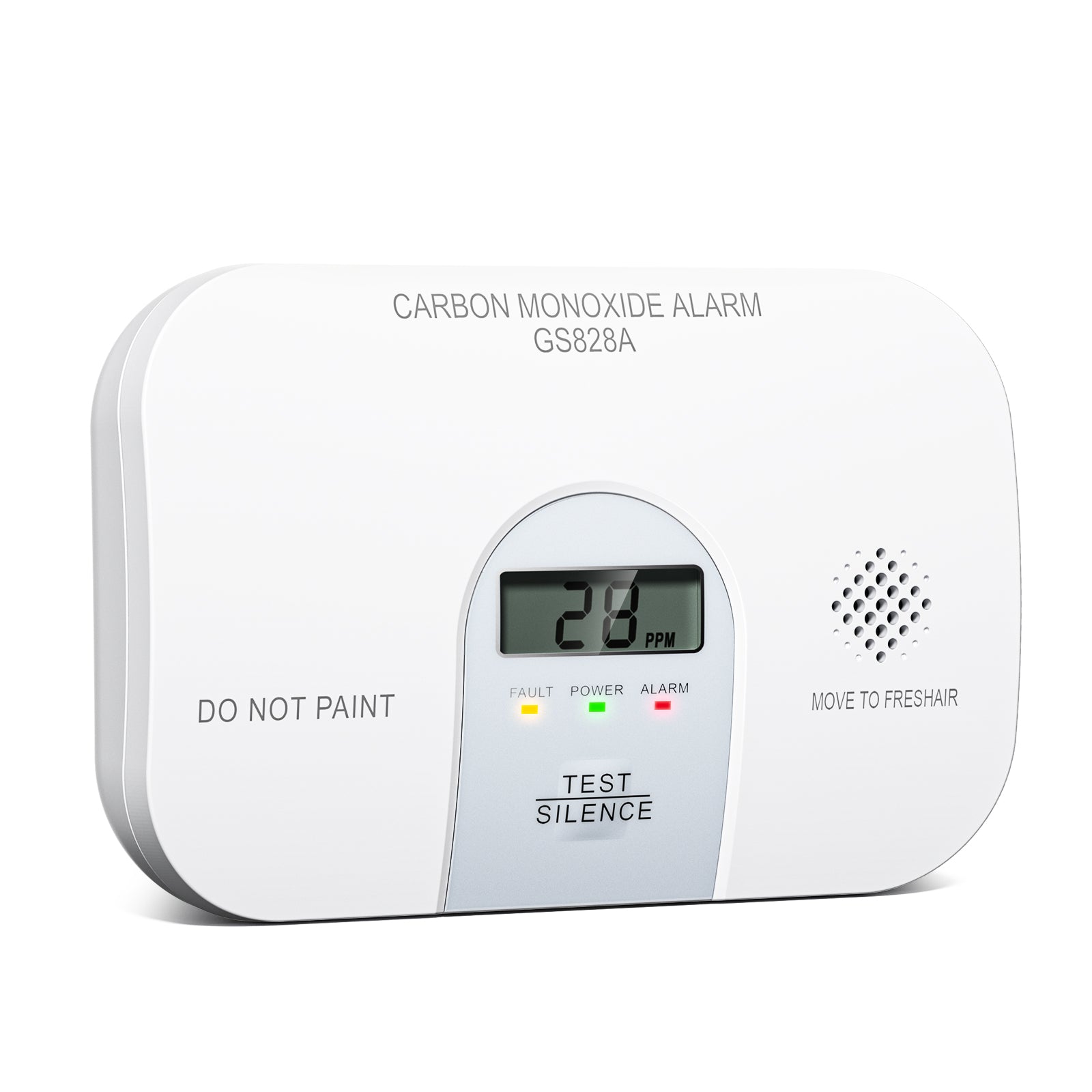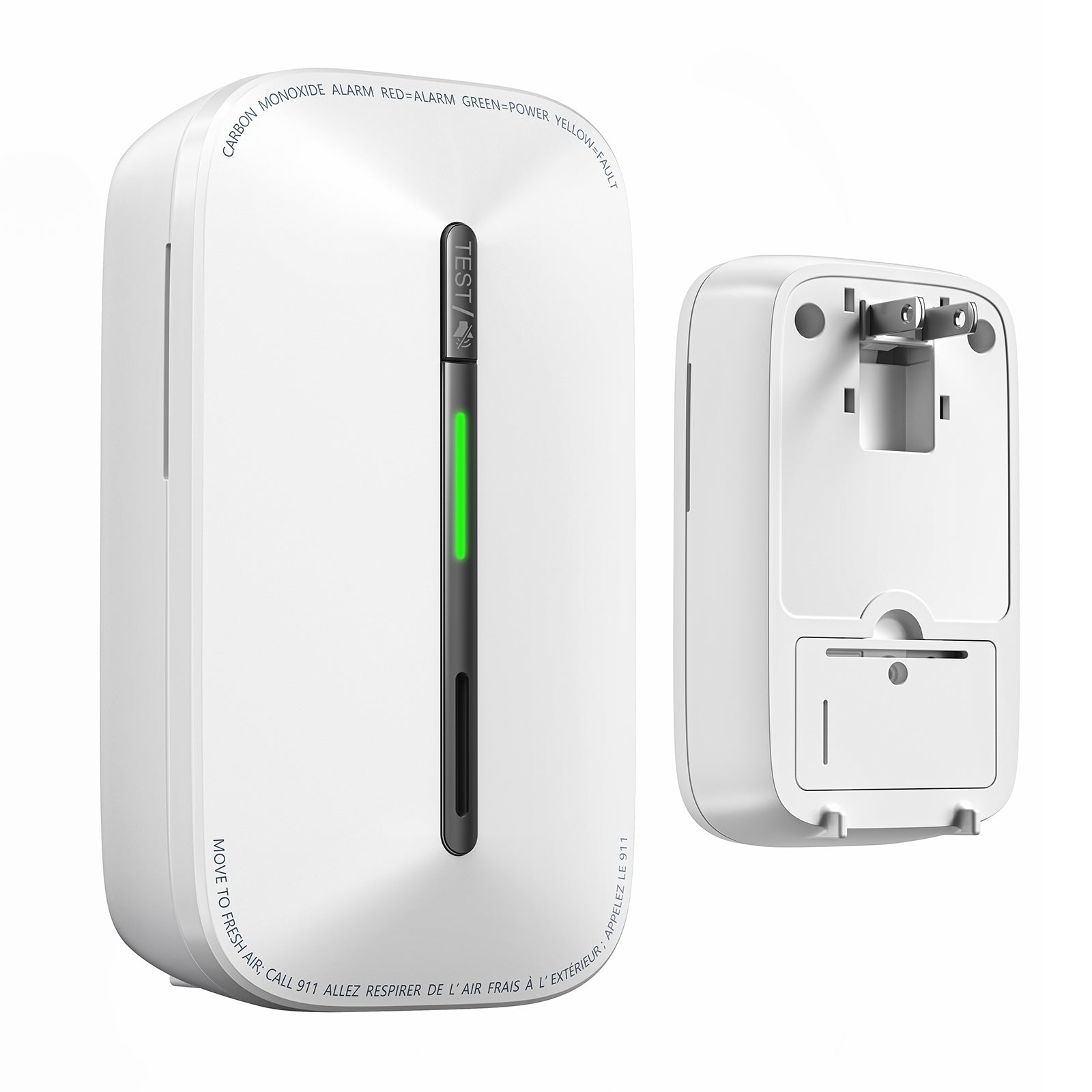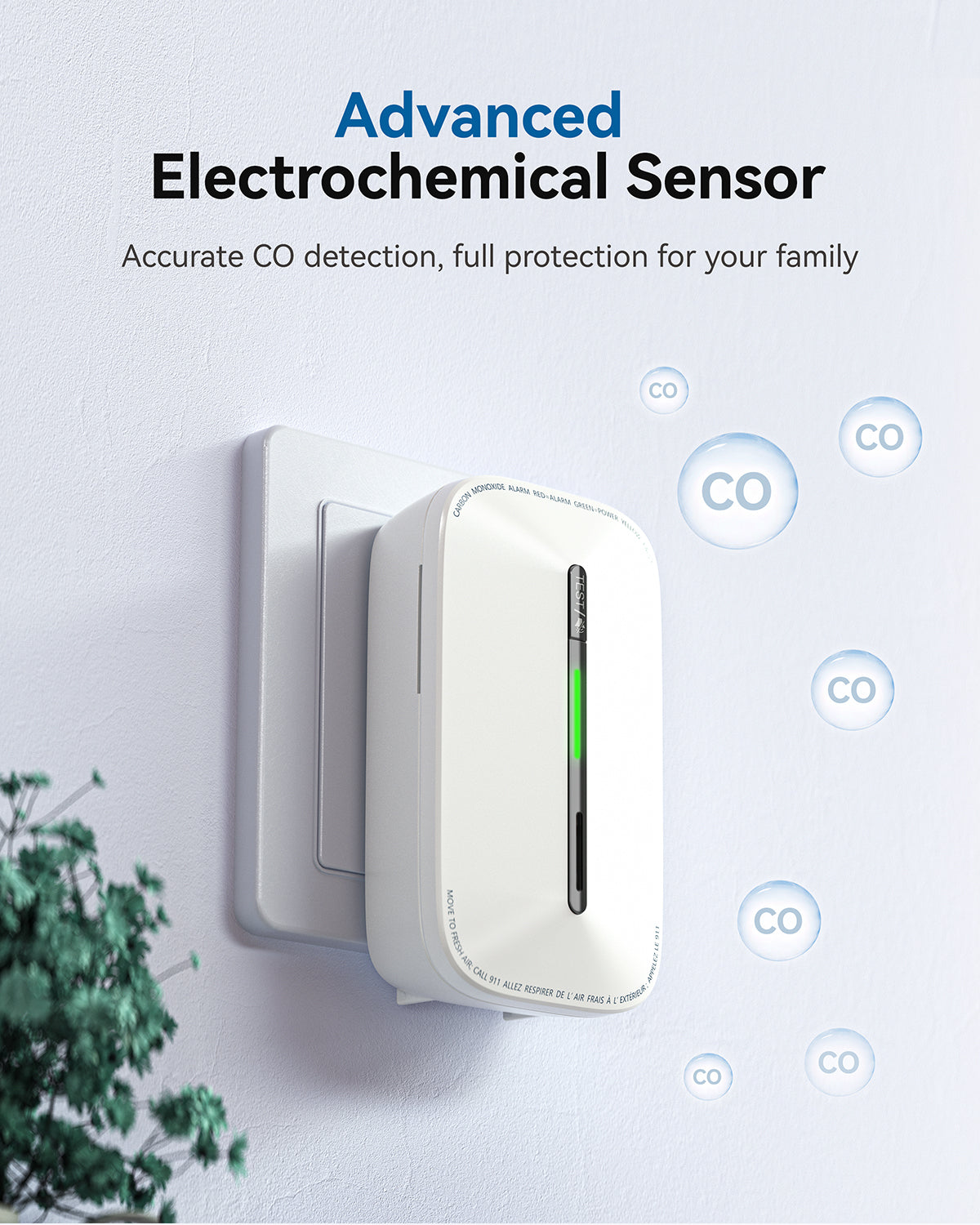A smoke sensor is a crucial component of a smoke alarm. It detects the presence of smoke caused by a fire and triggers a loud alarm to alert occupants of a building. Smoke sensors are essential in ensuring the safety of people and property, and they can save lives. In this article, we will discuss the different types of smoke detectors, how they work, where to install them, and how to choose the right one.
Types of Smoke Detector Sensors
- Standalone smoke sensor: This type of sensor is a basic smoke detector that runs on batteries. It can be easily installed and is suitable for small homes or apartments.
- Hard-Wired smoke detectors: These are connected to the electrical wiring of a building and have a battery backup. They are suitable for larger homes and commercial buildings.
- Interlinked smoke alarms: These are connected to each other and sound simultaneously when one detects smoke. They are suitable for multi-story buildings.
- Smart smoke detector (Wi-Fi): These are connected to the internet and can send alerts to your phone or other devices. They are suitable for people who are frequently away from home.
- Wireless smoke detectors: These are battery-powered and communicate with each other wirelessly. They are suitable for buildings where wiring is difficult or impossible.
How Does a Smoke Sensor Work?
Two types of sensors are commonly used in smoke detectors: photoelectric and ionization.
- Photoelectric smoke detector: This type of detector works by using a light beam that is directed into a sensing chamber. When smoke enters the chamber, it scatters the light, causing it to be detected by a sensor. This type of detector is more sensitive to smoldering fires.
- Ionization smoke detector: This type of detector works by using a small amount of radioactive material to ionize the air in a sensing chamber. When smoke enters the chamber, it disrupts the flow of ions, causing a change in electrical current which triggers the alarm. This type of detector is more sensitive to flaming fires.
Where to Install Smoke Sensor?
To ensure maximum protection, smoke detectors should be installed in every room of a building, including hallways and stairwells. They should be placed on the ceiling, at least 30 cm from walls and light fixtures. In kitchens, they should be installed at least 3 meters away from cooking appliances to avoid false alarms.
Choosing the Right Smoke Sensor?
Smoke sensors are an important part of any smoke alarm system. They detect smoke from fires and alert building occupants, providing valuable time to evacuate and call for help. When selecting a smoke sensor, consider the type of sensor, where it will be installed, and the functions it provides. For example, the Siterwell GS528A Smoke Alarm has a built-in photoelectric sensor that detects smoke in a timely manner and has passed UL certification. It is equipped with a 9V replaceable battery that can last for ten years. Installing smoke sensors can save lives, so it's important to make sure your home or building is adequately protected.
From Siterwell Team







